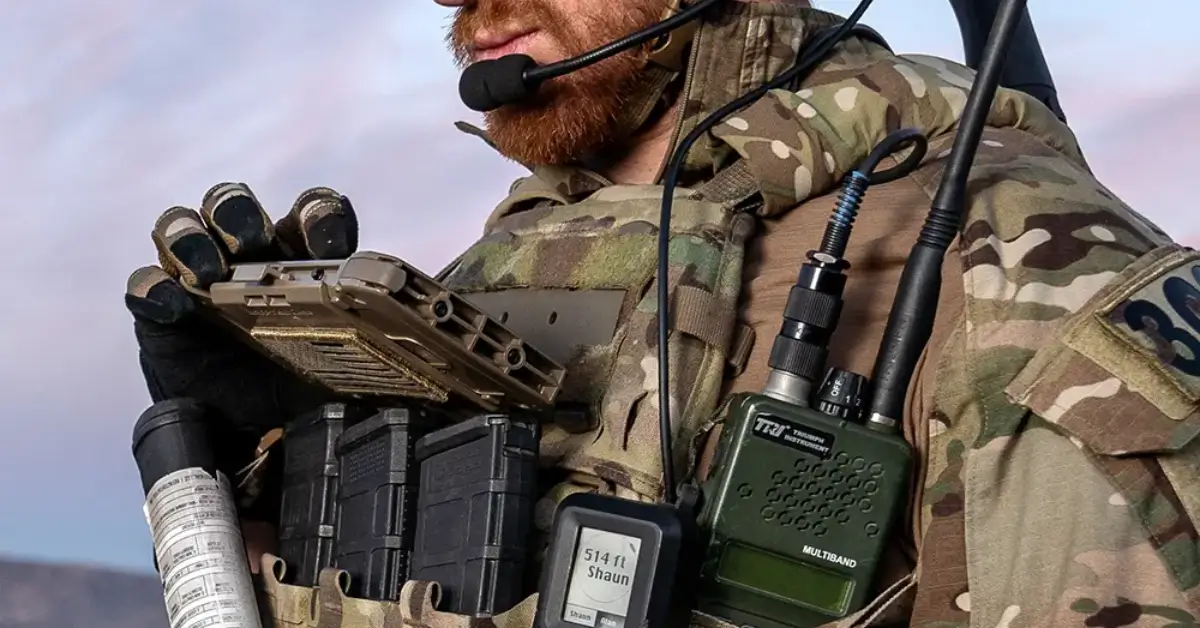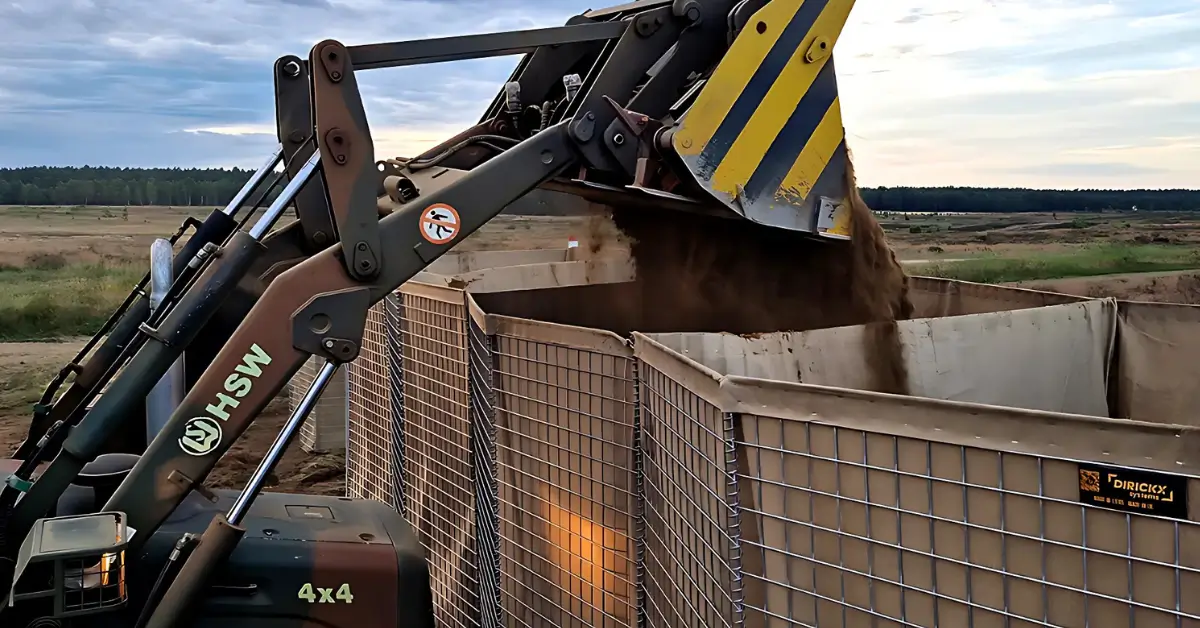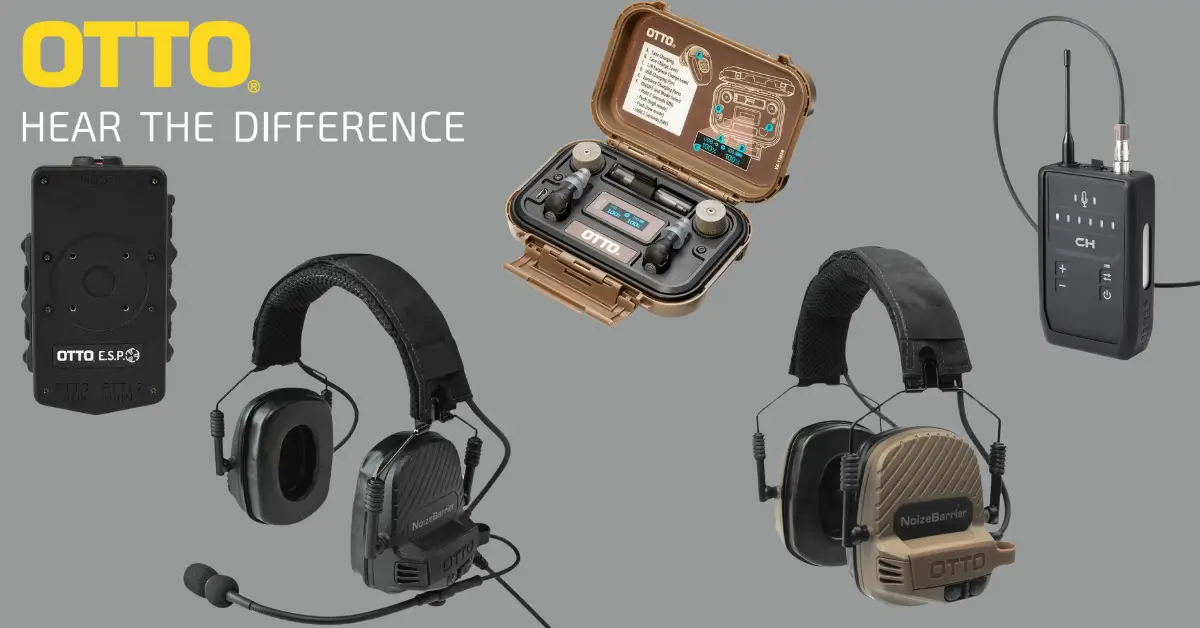Communication is more than just exchanging information in military and special forces operations. Ensuring that units are synchronised, threats are quickly identified, and responses are strategically coordinated is pivotal for operational success and mission readiness. As technology evolves, so does the landscape of military communication, offering new communications technology and methods to enhance connectivity and reliability. This post explores the critical considerations for optimising communication strategies and technologies tailored specifically to meet the advanced needs of military and special forces professionals.
Understanding the Spectrum of Military Communication Technologies
SATELLITE COMMUNICATIONS (SATCOM)
SATCOM provides global coverage, making it indispensable for operations in remote or austere environments where traditional communication infrastructure is absent. Military-grade SATCOM systems offer encrypted, high-bandwidth capabilities that support data, voice, and video transmission, essential for real-time strategic planning and intelligence dissemination.
RADIO FREQUENCY SYSTEMS
RF communications remain a cornerstone in military operations due to their robustness and reliability. Tactical radios with frequency-hopping spread spectrum can evade enemy jamming communications, ensuring secure lines for operational commands. Innovations in software-defined radios (SDRs) allow for on-the-fly frequency adjustments, enhancing adaptability on the battlefield.
MOBILE AD HOC NETWORKS (MANETS)
MANETs are critical in dynamic operational contexts where fixed infrastructure is unfeasible. These networks utilise nodes (such as drones, vehicles, and individual soldiers) to create a decentralised, self-configuring network, providing resilient communication lines that adapt to changing topographical and tactical conditions.
Key Considerations for Deploying Effective Communication Systems
SCALABILITY AND FLEXIBILITY
Military operations can vary significantly in scale and context, demanding communication solutions that are both scalable and flexible. Systems should be capable of expanding and contracting without loss of functionality to accommodate different mission requirements and unit sizes.
SECURITY AND ENCRYPTION
Given the sensitive nature of military operations, securing communication channels against interception and hacking is paramount. Employing state-of-the-art encryption protocols and multi-factor authentication ensures that information remains confidential and accessible only to authorised personnel.
DURABILITY AND RELIABILITY
Communication equipment must withstand harsh environments and rough handling, typical in military operations. This requires rugged, weather-resistant designs that guarantee reliability in extreme conditions, from the freezing temperatures of arctic missions to the searing heat of desert operations.
INTEGRATION AND INTEROPERABILITY
As forces often operate in coalitions, communication systems must be interoperable with equipment from other nations and agencies. This integration extends to legacy systems, allowing for a seamless flow of information and reducing the logistical burden of deploying new technologies.
Best Practices for Communication in Military Operations
REGULAR TRAINING AND SIMULATIONS
Continuous training and realistic simulations are crucial for ensuring that personnel use communication systems proficiently. These exercises should mimic operational environments as closely as possible, effectively preparing units to handle equipment failures, signal interception, and other potential challenges.
MAINTENANCE AND TECHNICAL SUPPORT
Robust maintenance protocols and readily available technical support minimise downtime and extend the lifespan of communication equipment. Deployable support teams and remote troubleshooting capabilities can provide rapid assistance, even in forward operating areas.
STRATEGIC PLACEMENT AND REDUNDANCY
To avoid communication blackouts, strategically layer and place redundant systems across the operational theatre. This might include deploying additional satellite channels, backup radio systems, and alternative communication routes to ensure continuous coverage.
Securing Military Advantages through Advanced Communications
The effectiveness of military operations hinges significantly on the robustness of its communication systems. Military and special forces can substantially enhance their operational effectiveness by focusing on advanced technologies like SATCOM, RF systems, and MANETs and adhering to key considerations such as scalability, security, and reliability. As we witness rapid advancements in communication technology, the armed forces must remain agile, adapting to new tools and techniques that can support their critical missions. Investing in high-quality, adaptable, and secure communication solutions empowers our forces to maintain a tactical advantage—wherever the mission takes them.
For tailored advice on enhancing your communication systems and to explore cutting-edge solutions that fit your specific operational needs, do not hesitate to contact us at MSS Defence. Our experts are ready to assist you in selecting the best communication technologies to maintain your strategic advantage wherever your mission takes you.



